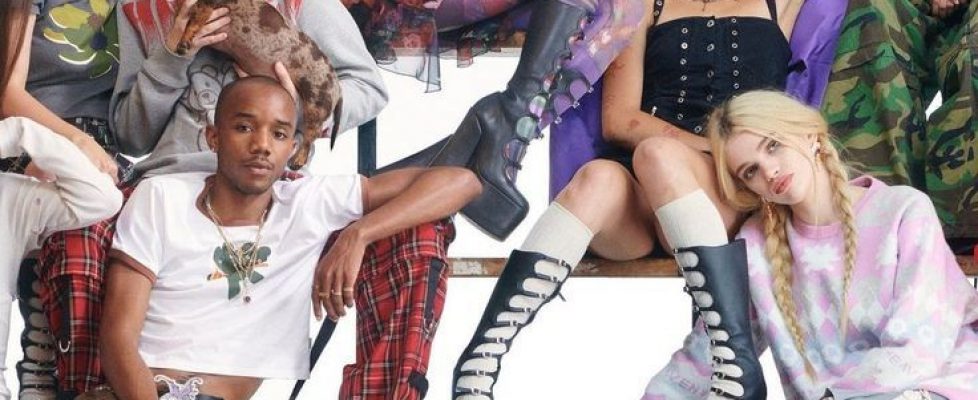Marketing to Gen Z- People Pillar
People have always been the main drivers in the fashion world; humans are a herding species, influenced by the people and objects around them. Traditional media, like magazines and fashion shows, were the primary sources of inspiration in the past. Nowadays, in the digital era, the rise of social media has resulted in a new muse: the ‘Influencer.’ Generation Z has become the primary focus for many advertisers in today’s world, so how can brands adapt to meet the changing tastes and needs that have taken centre stage in this new era?
A recent study found that 44.0% of young adults aged 18 to 29 could have purchase decisions swayed by an influencer post, and 64% trusted influencer posts more than posts from A-list celebrities (Izea, 2023). This is because the average consumer has closer social proximity to influencers than celebrities. The impact of influencers is even more pronounced for Gen Z as digital nomads, who can move fluidly between online social groups; ‘sixty-six percent of the Gen Z’ers in our survey believe that communities are created by causes and interests, not by economic backgrounds or educational levels’ (Francis and Hoefel, 2018). Gen Z consumers can become a part of a diverse online community when interacting with an influencer, so if brands sponsor these influencers, they can attract a broader customer base from various backgrounds.
Access to online communities from a young age has given Gen Z an inherent understanding of the importance of diversity, affecting their buying habits. One study found that young Pakistani women experienced increased hedonistic and eudemonic well-being, which link to brand engagement and purchase intent, after watching inclusive representation in an advertisement (Qayyum et al., 2023). Nike is an example of authentic diversity in advertising, as inclusion is an integral part of its ethos. In their August 2023 campaign, ‘A Feel For Every You’, women from diverse racial and ethnic backgrounds, religions, and body sizes were featured (Nike, 2023). Brands should follow Nike’s example by incorporating a new skill set, as the demand for inclusive marketing is growing alongside new technology. Affective communication skills across different cultures and backgrounds should be prioritised and integrated with digital expertise to partake in, and potentially create online communities.
With Generation Z’s $360 billion in spending power (Pollard, 2021), brands must utilise the concept of diverse online communities and influencers to attract this market. It is shown that it is the most trusted advertising approach for many Gen Z’s, so to stay ahead, brands need to tap into the full potential of this new marketing strategy.
Reference List:
Francis, T., & Hoefel, F. (2018). “True Gen”: Generation Z and Its Implications for Companies. McKinsey & Company. https://www.mckinsey.com/industries/consumer-packaged-goods/our-insights/true-gen-generation-z-and-its-implications-for-companies
Izea. (2023). 2023 Trust in Influencer Marketing. https://content.izea.com/hubfs/Gated_Content/2023/IZEA%202023%20Trust%20in%20Influencer%20Marketing.pdf
Nike. (2023). A Feel For Every You. In www.youtube.com. https://www.youtube.com/watch?v=GVljFVClyws
Pollard, A. (2021, November 17). Gen Z Has $360 Billion to Spend, Trick Is Getting Them to Buy. Www.bloomberg.com; Bloomberg. https://www.bloomberg.com/news/articles/2021-11-17/gen-z-has-360-billion-to-spend-trick-is-getting-them-to-buy?leadSource=uverify%20wall
Qayyum, A., Jamil, R. A., Shah, A. M., & Lee, K. (2023). Inclusive advertising featuring disability on instagram: Effect on consumer well-being, brand engagement, and purchase intention. Journal of Retailing and Consumer Services, 75, 103515. https://doi.org/10.1016/j.jretconser.2023.103515
